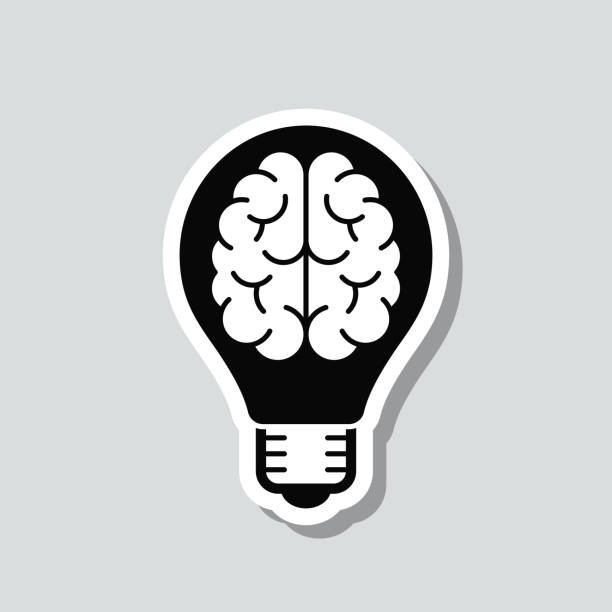Memory is a complex mental process that enables individuals to retain and recall information. Various techniques and approaches are employed to enhance memory, one of which is storytelling. Stories have the power to engage, entertain, and educate, and their potential to aid in memory retention has been acknowledged and studied by psychologists, educators, and researchers. This article explores how stories can help with memory skills, examining both theoretical frameworks and practical examples.
How Can Stories Help with People’s Memory Skills?
Stories help with people’s memory skills through their structured narrative format, emotional engagement, and imagery and visualization. The narrative structure, consisting of a coherent sequence of events, mirrors how human memory operates, organizing information into a meaningful pattern, as emphasized by Jerome Bruner’s narrative construction theory. Emotional engagement with stories helps in memory retention by connecting new information with existing knowledge, supported by the cognitive theory of multimedia learning. Additionally, the descriptive nature of stories enables the creation of mental images that aid in memory, a concept backed by Allan Paivio’s dual coding theory. These elements collectively make stories a powerful tool for enhancing memory, whether in educational settings where complex concepts are made more digestible or in therapeutic contexts assisting memory-challenged individuals.
Narrative Structure
Stories are structured in a way that makes them naturally conducive to memory retention. The narrative structure consists of a beginning, middle, and end, with connected events and characters that create a coherent whole. This structure mirrors the way human memory operates, organizing information into a meaningful pattern.
- Example: Remembering a historical event through a compelling story helps students retain the details and context more effectively than merely memorizing facts.
- Theories: Jerome Bruner’s narrative construction theory emphasizes how organizing information into a story format helps in encoding and recalling information.
Emotional Engagement
Stories create emotional connections, making the information more memorable. When a person is emotionally engaged with a story, the brain releases dopamine, which has been shown to enhance memory.
- Example: Alzheimer’s patients who engage with emotionally resonant stories may demonstrate improved recall.
- Theories: The cognitive theory of multimedia learning posits that emotional engagement in storytelling aids memory by connecting new information with existing knowledge.
Imagery and Visualization
The descriptive nature of stories enables listeners or readers to visualize the content, creating mental images that aid in memory retention.
- Example: Medical students often use narrative visualization techniques to memorize complex biological processes.
- Theories: Dual coding theory, proposed by Allan Paivio, suggests that verbal and visual information processed together enhances memory recall.
Educational Applications and Therapeutic Uses
The educational sector leverages the power of stories to enhance memory and learning. Teachers often use stories to explain complex concepts, making them more digestible and memorable. Moreover, therapeutic contexts employ storytelling to assist memory-challenged individuals.
- Example: Therapists use life story work to help dementia patients recall personal memories and maintain a sense of identity.
- Theories: Constructivist learning theory supports the use of stories in education, emphasizing how storytelling connects new information with prior knowledge.
Conclusion
Stories are more than mere entertainment; they are powerful tools that can assist in enhancing memory skills. The narrative structure, emotional engagement, and the ability to create vivid imagery are inherent attributes of stories that align with the way human memory works. Through practical applications in education and therapy, stories have demonstrated their efficacy in aiding memory retention and recall. The interplay between storytelling and memory is supported by various theories, including Jerome Bruner’s narrative construction, dual coding theory, and the cognitive theory of multimedia learning. The use of stories as memory aids reveals a fascinating intersection between literature, psychology, and neuroscience, offering promising avenues for both academic success and therapeutic interventions.

